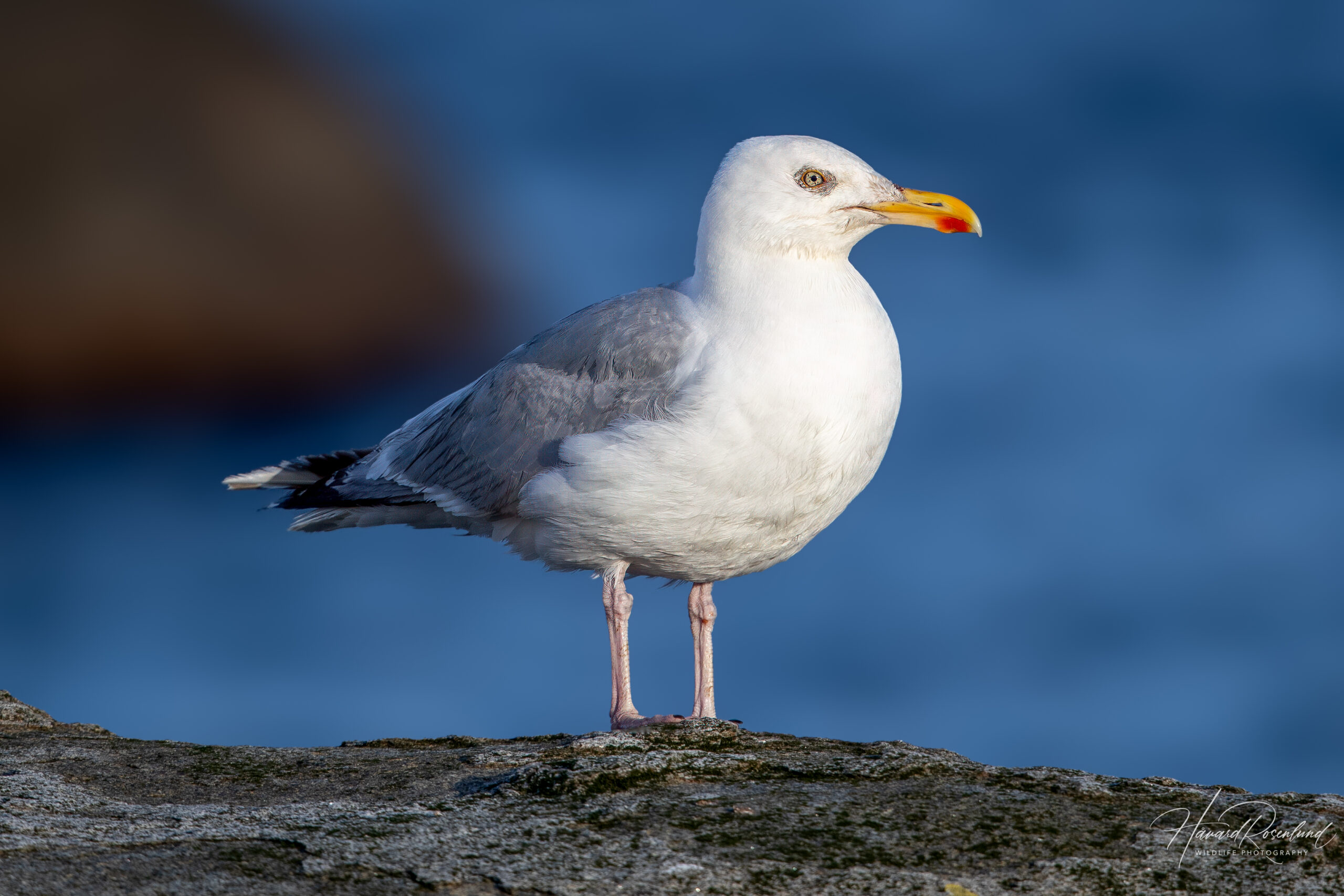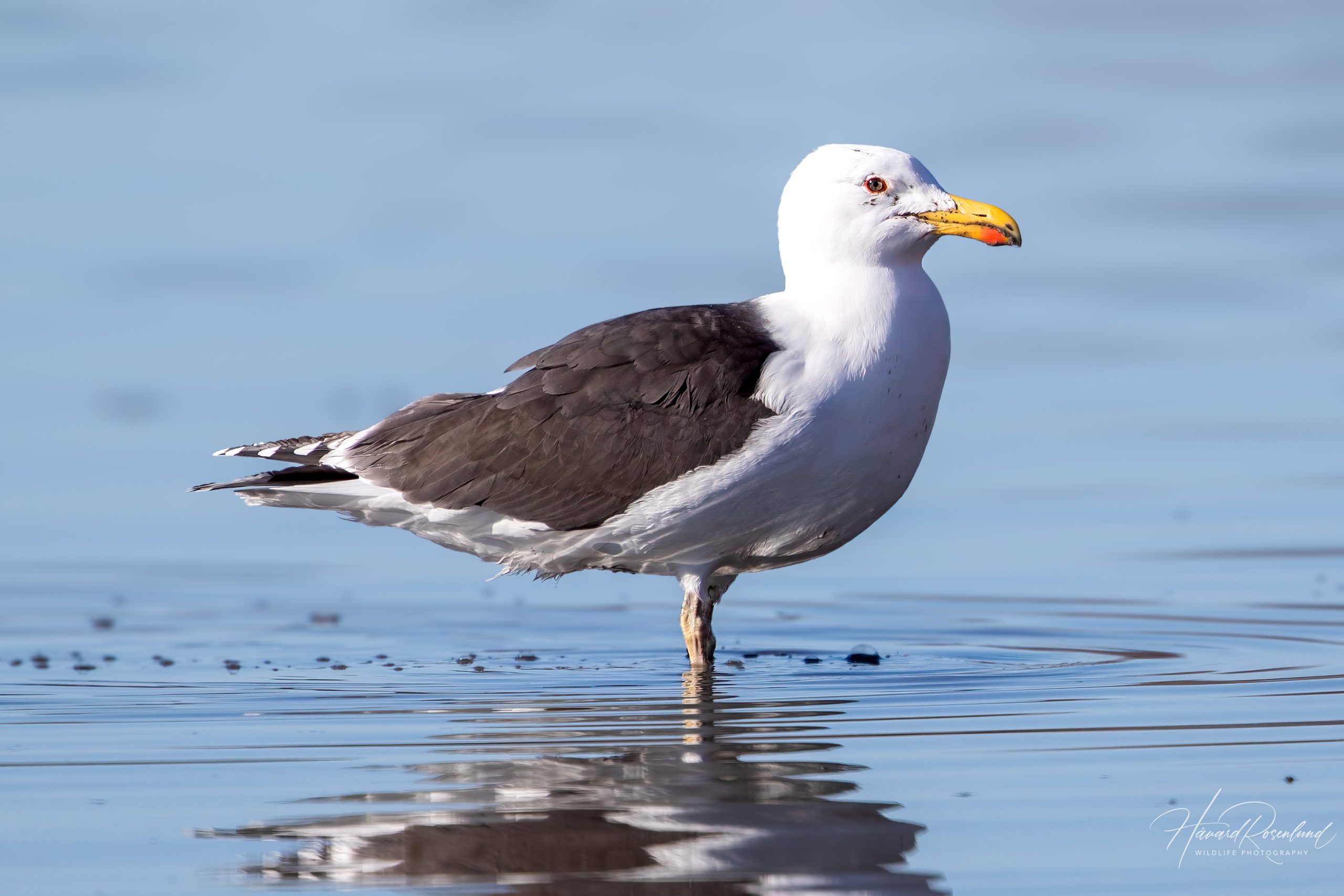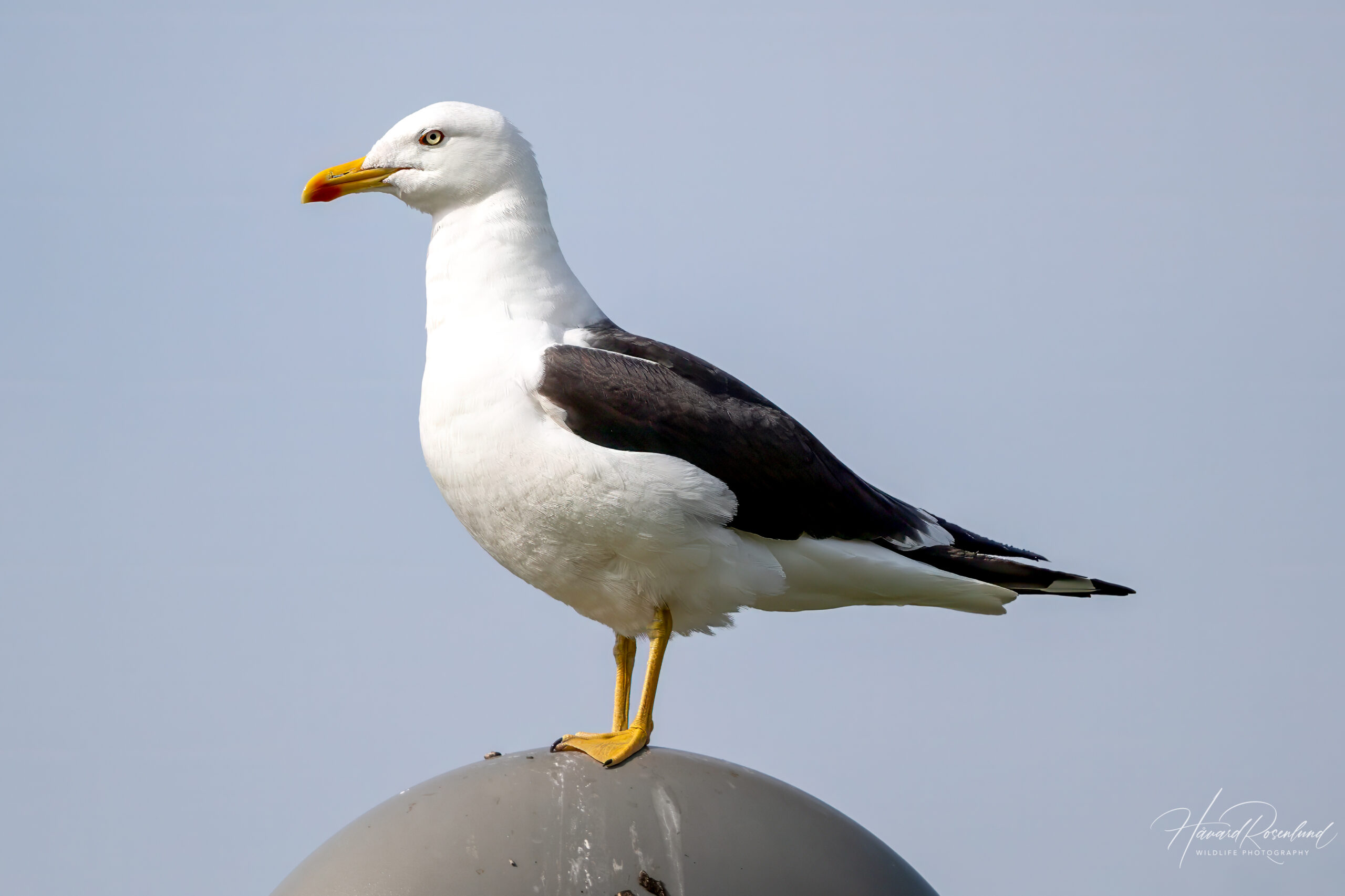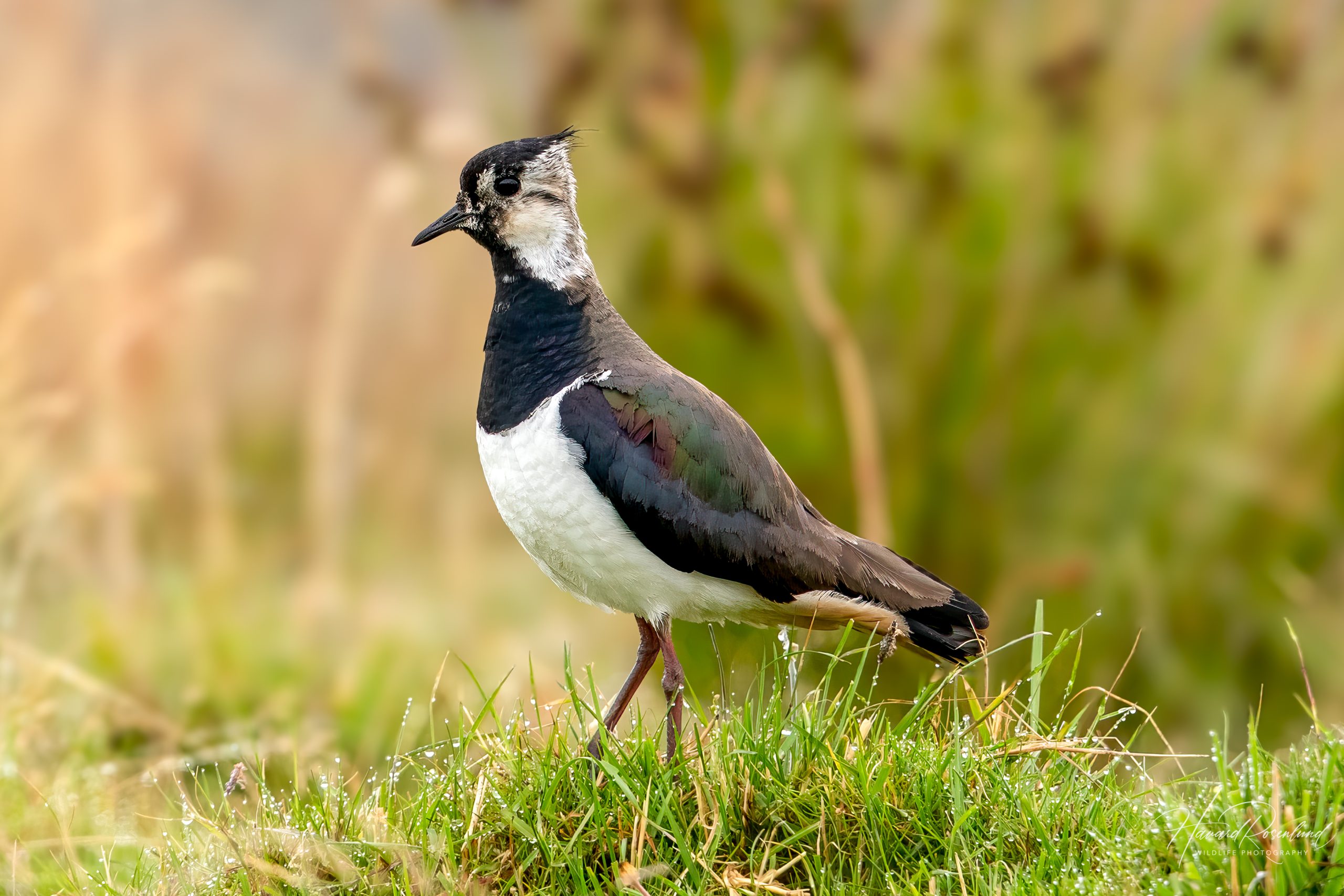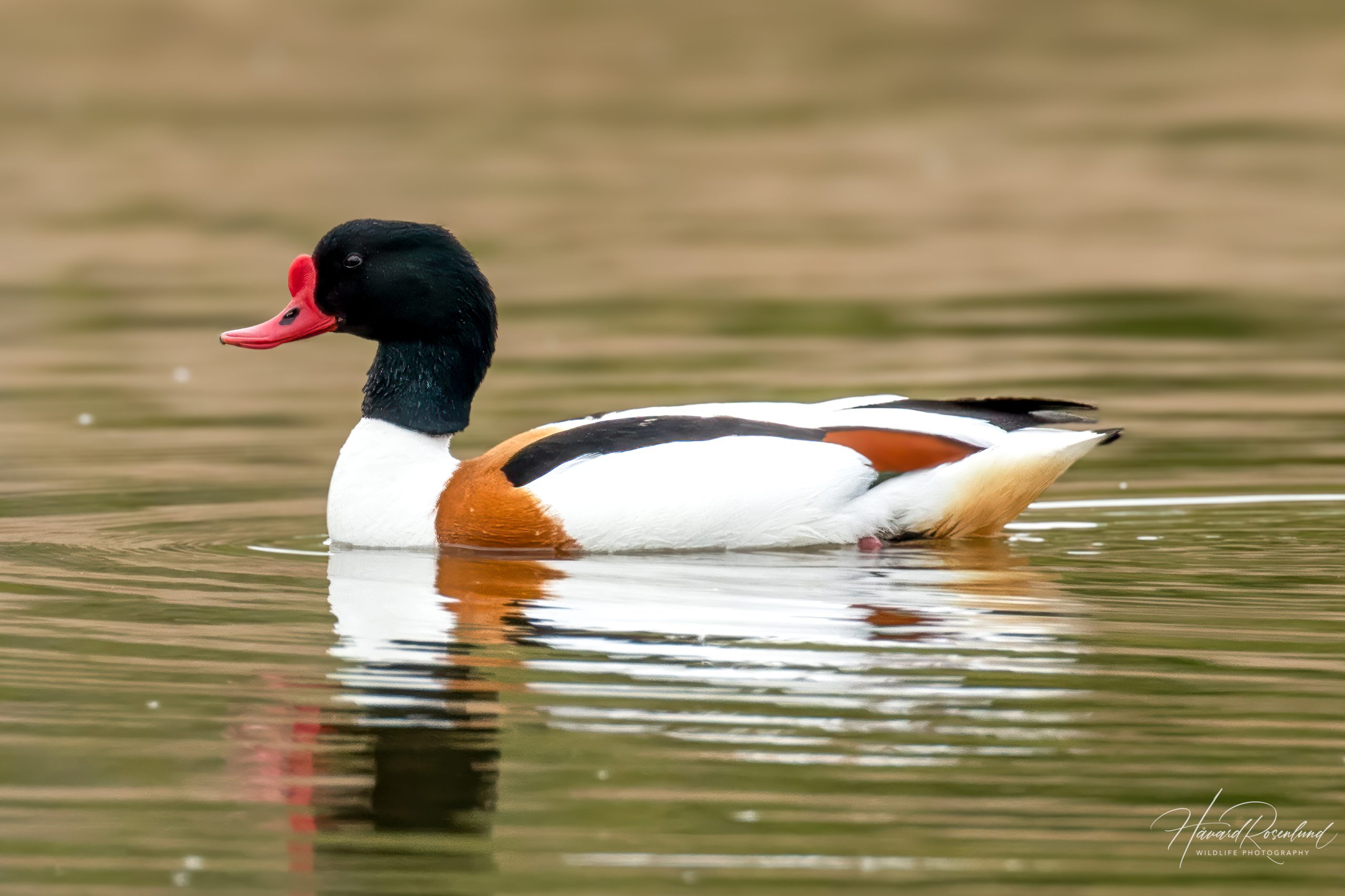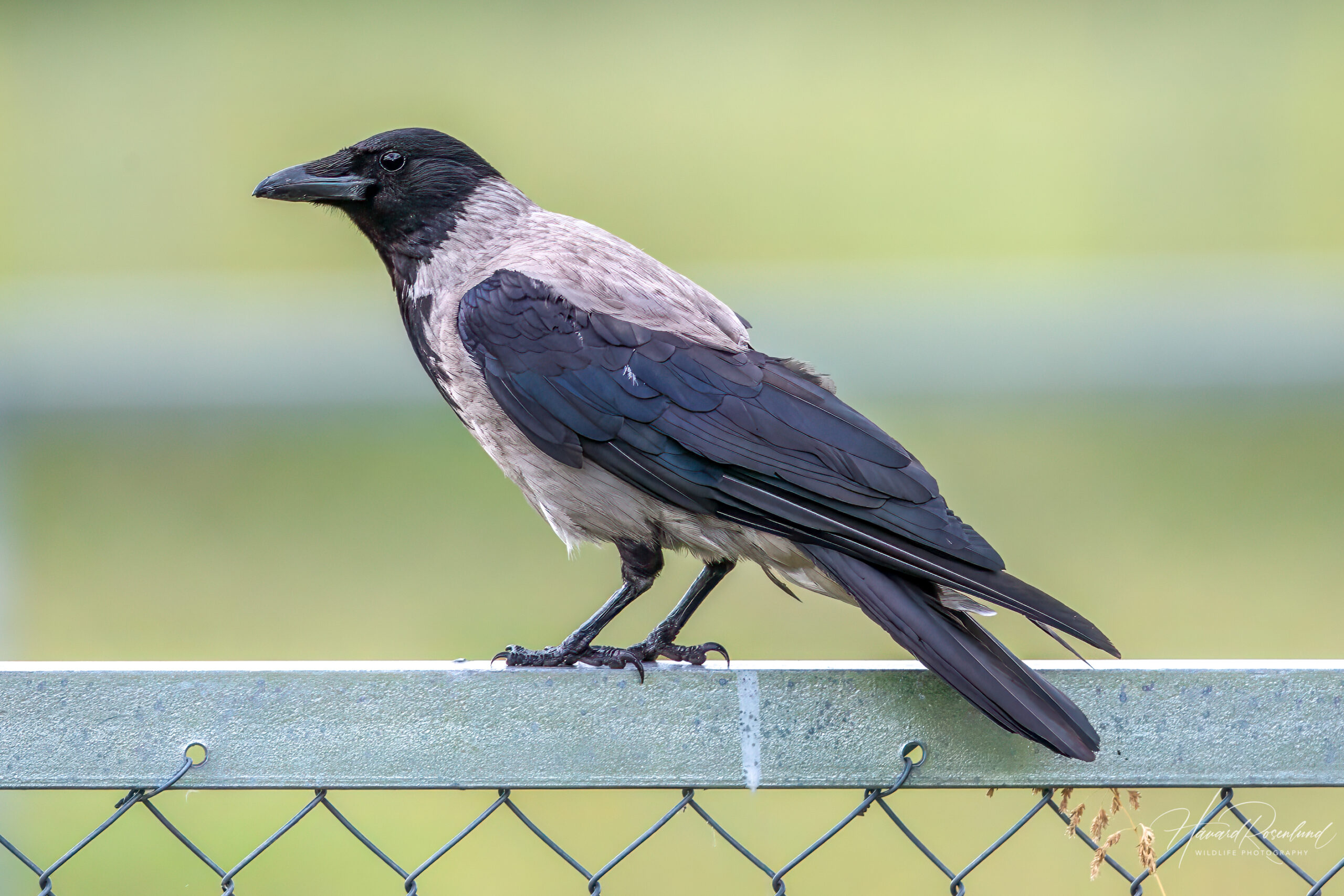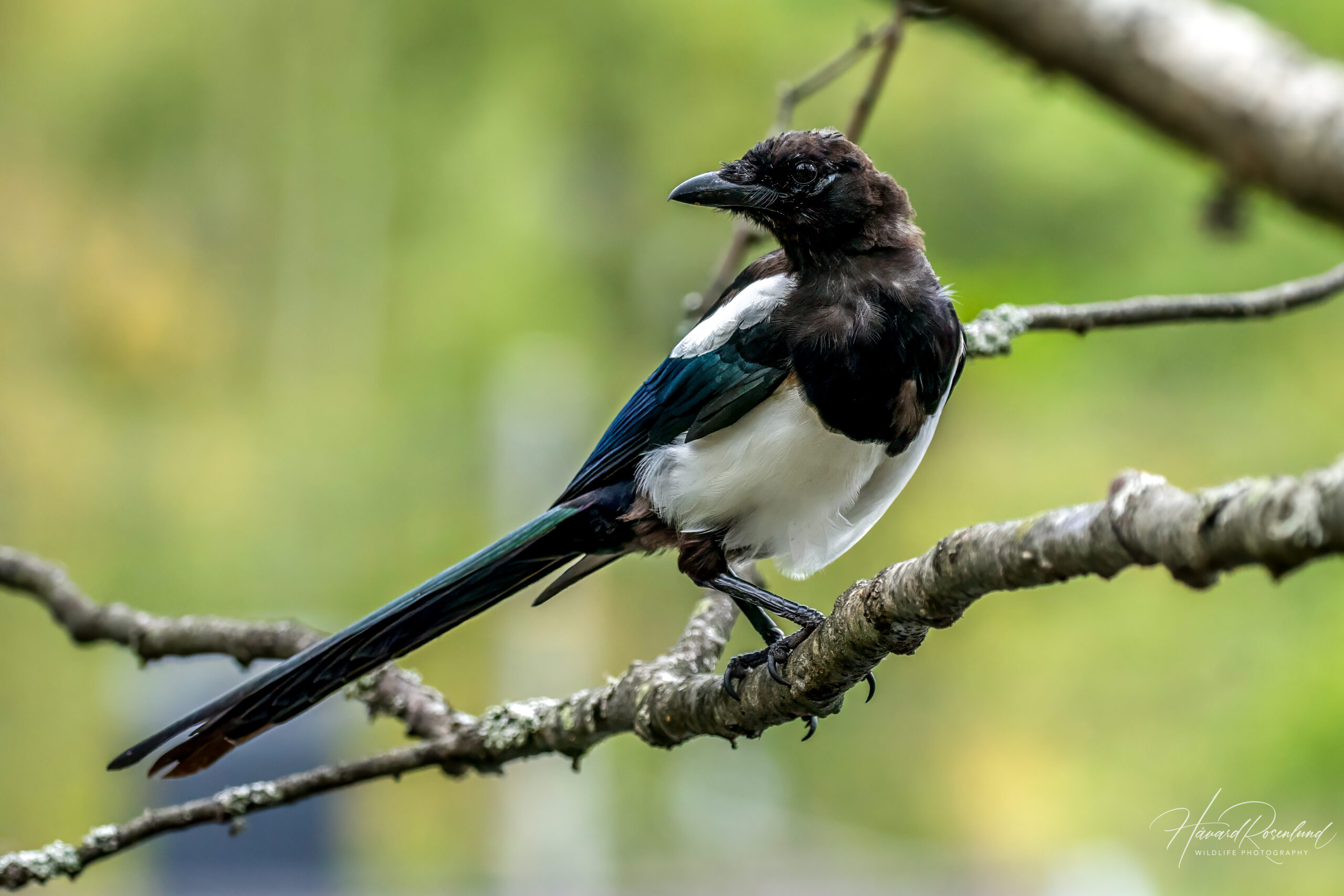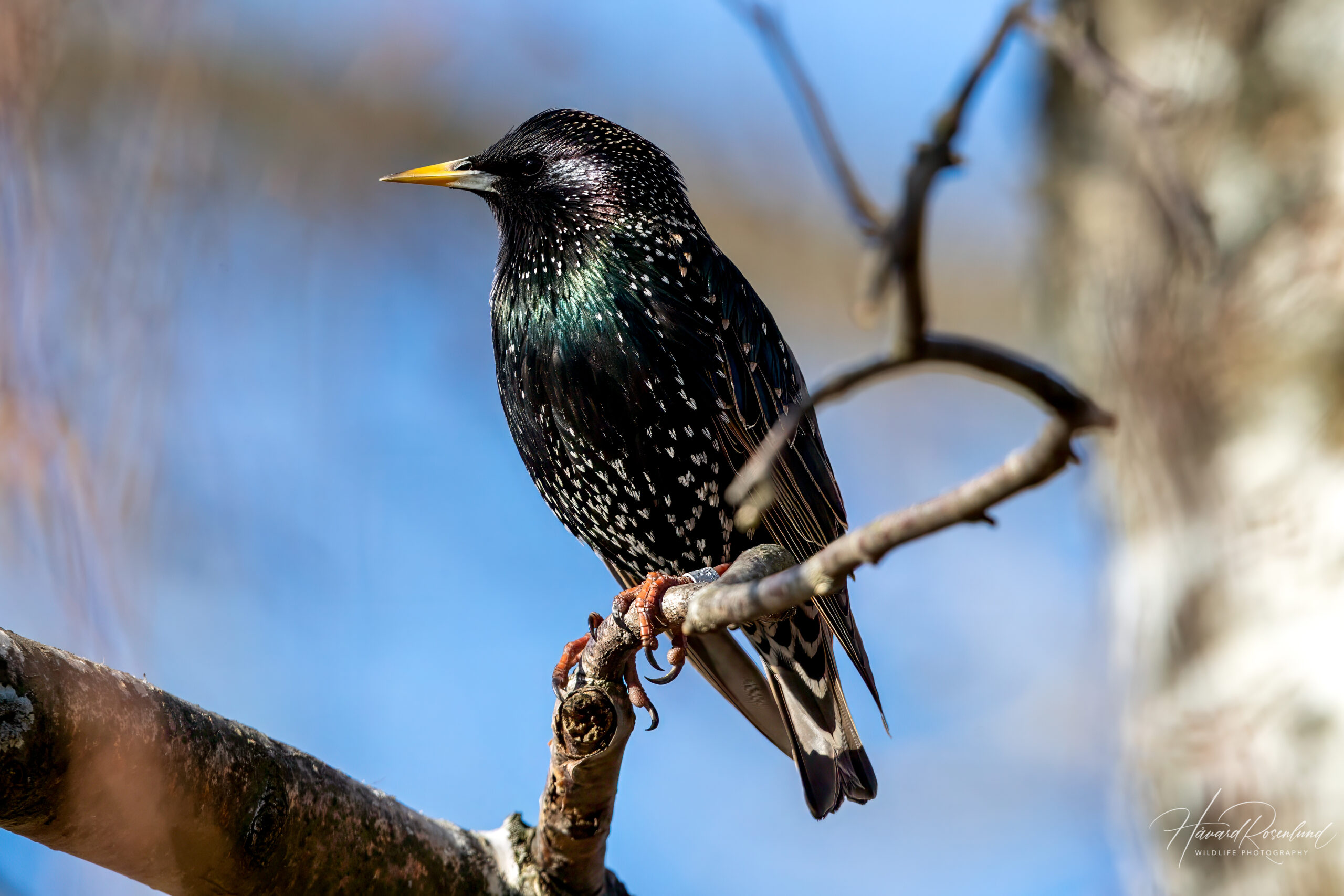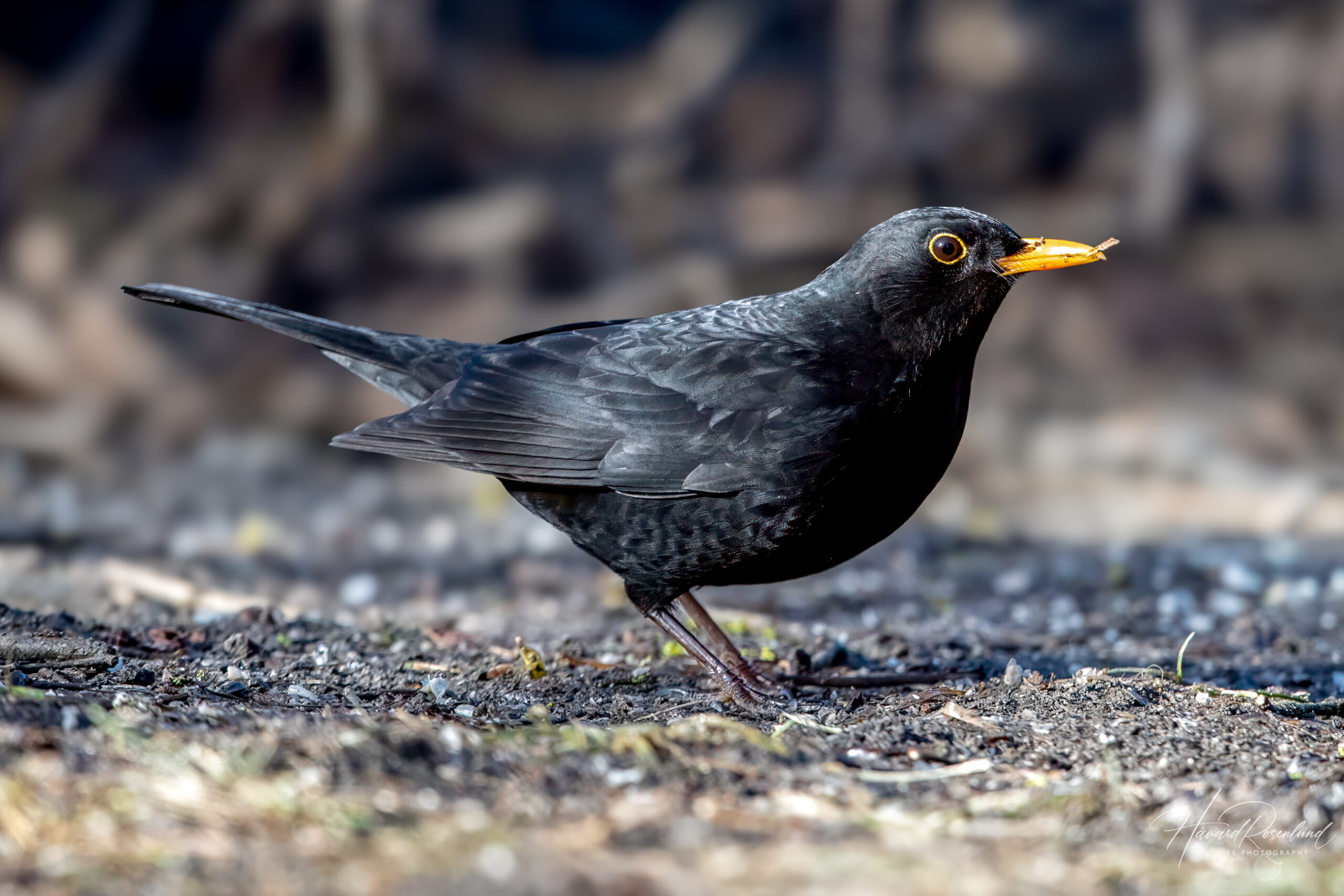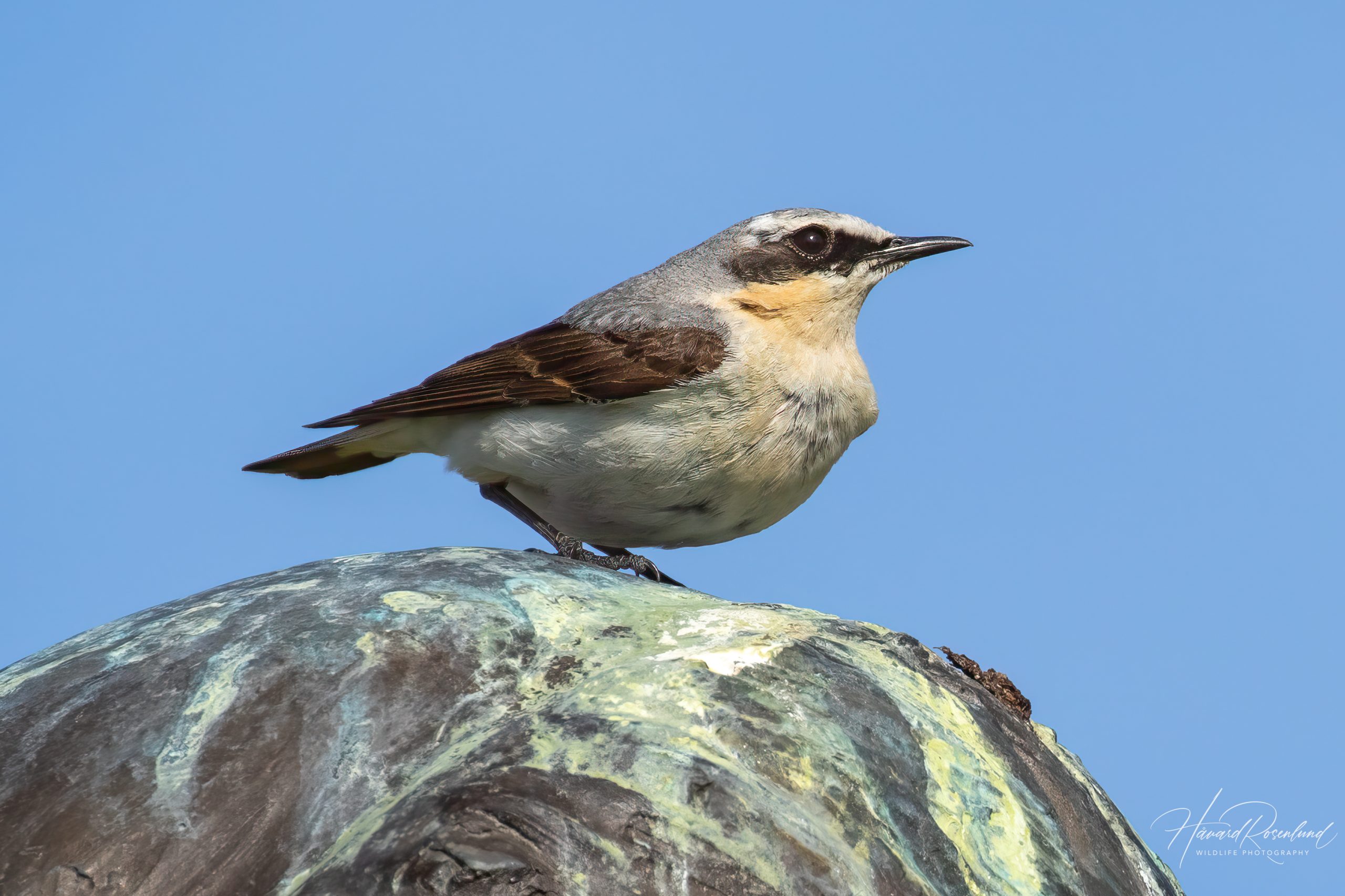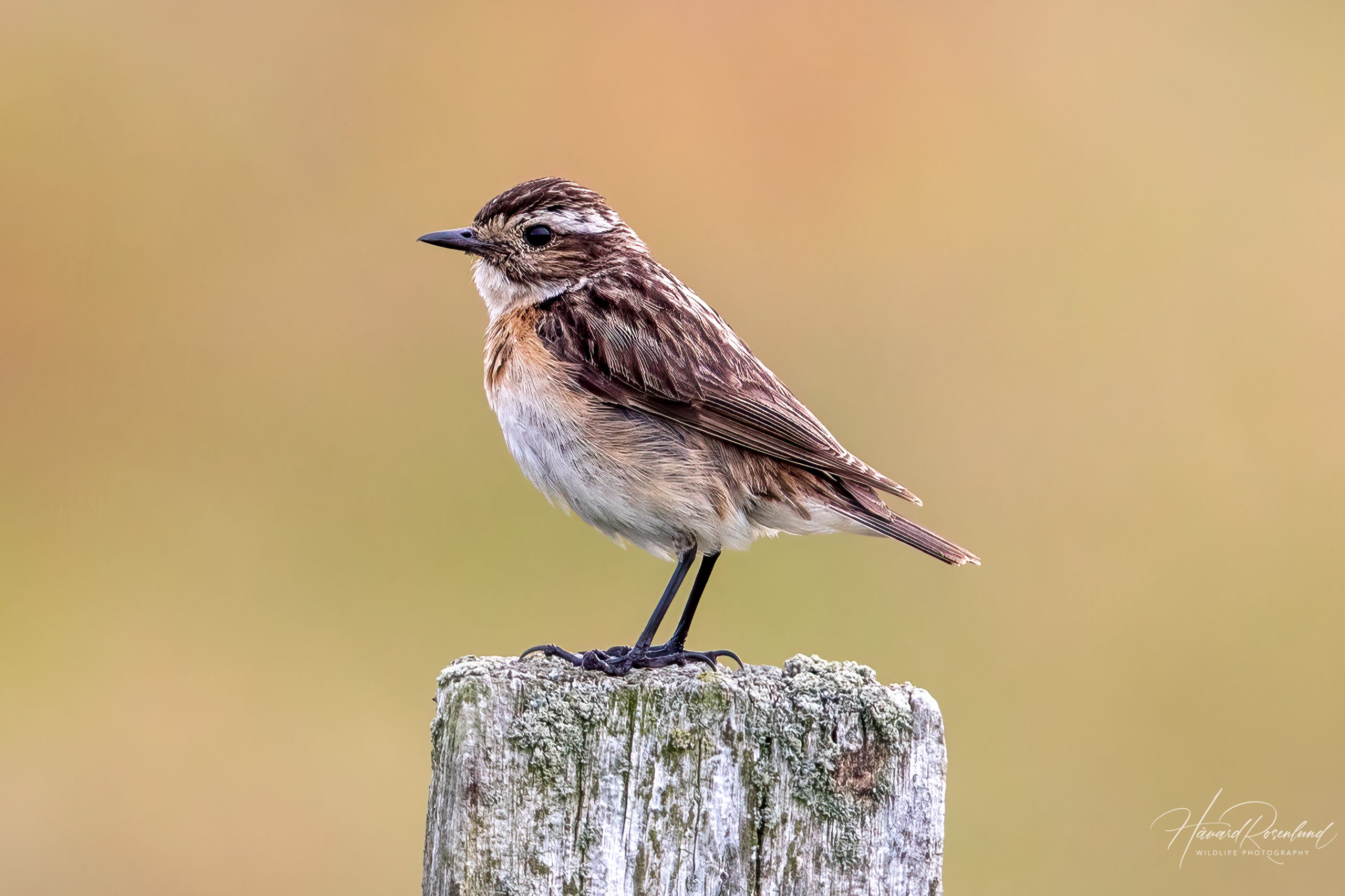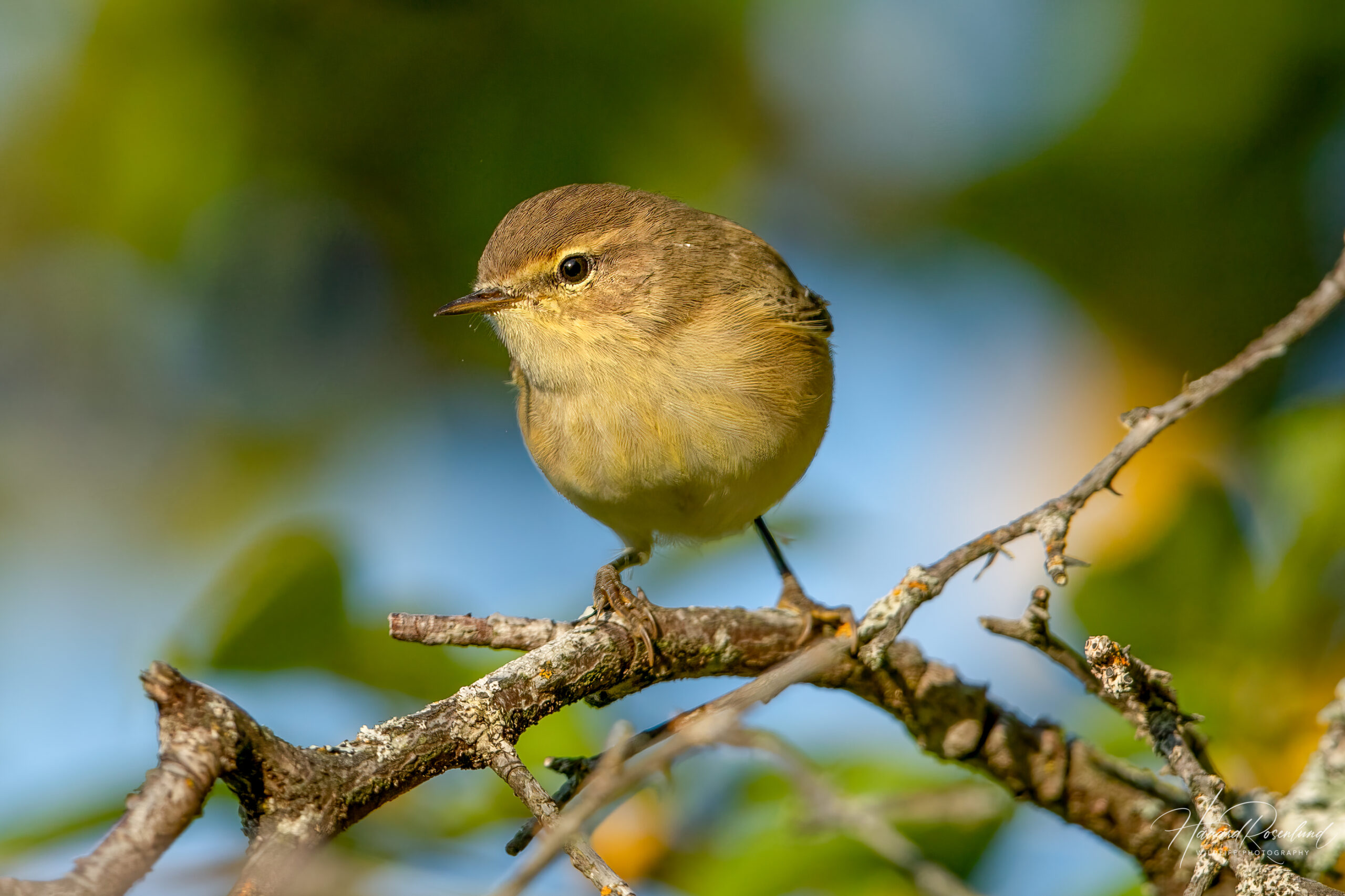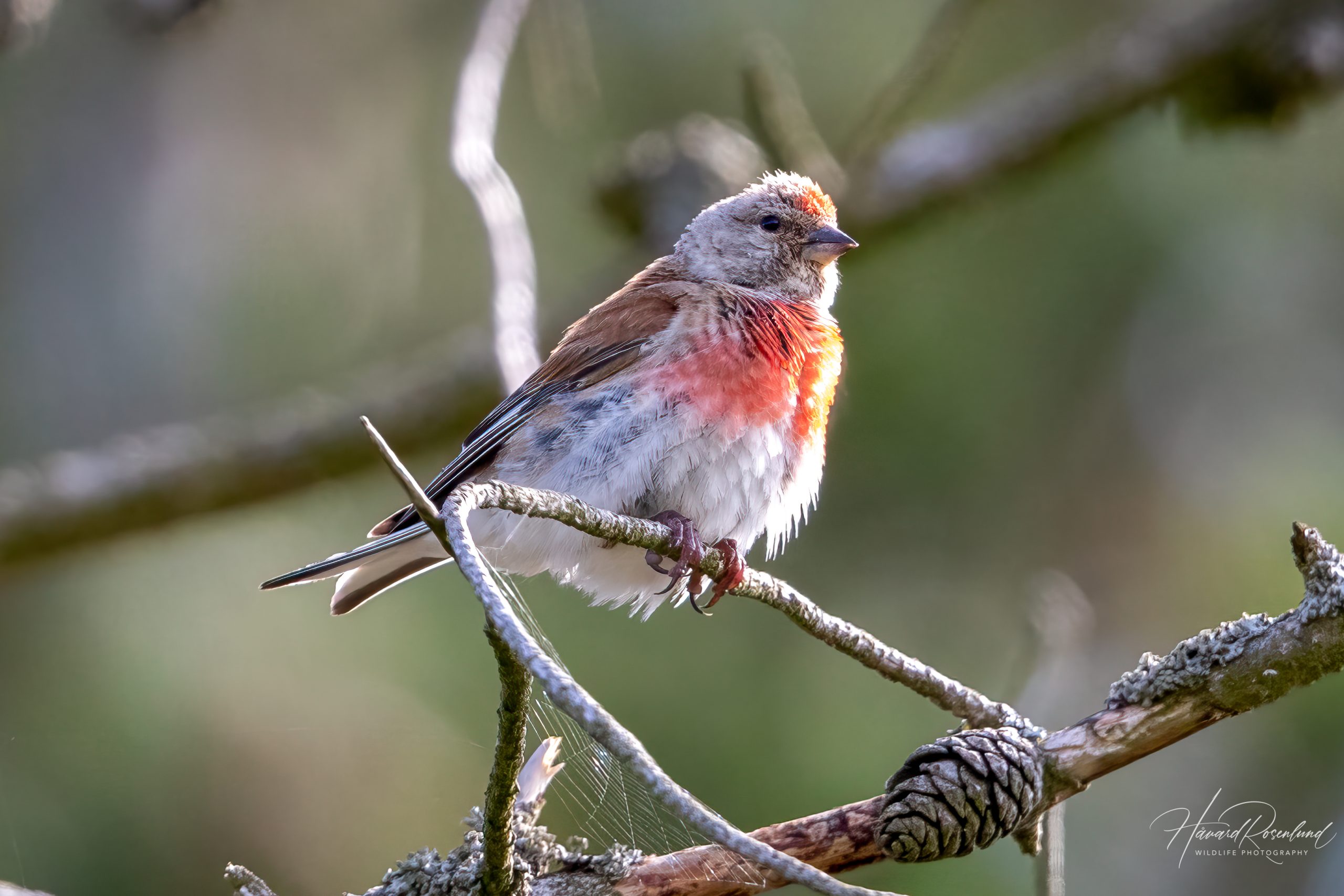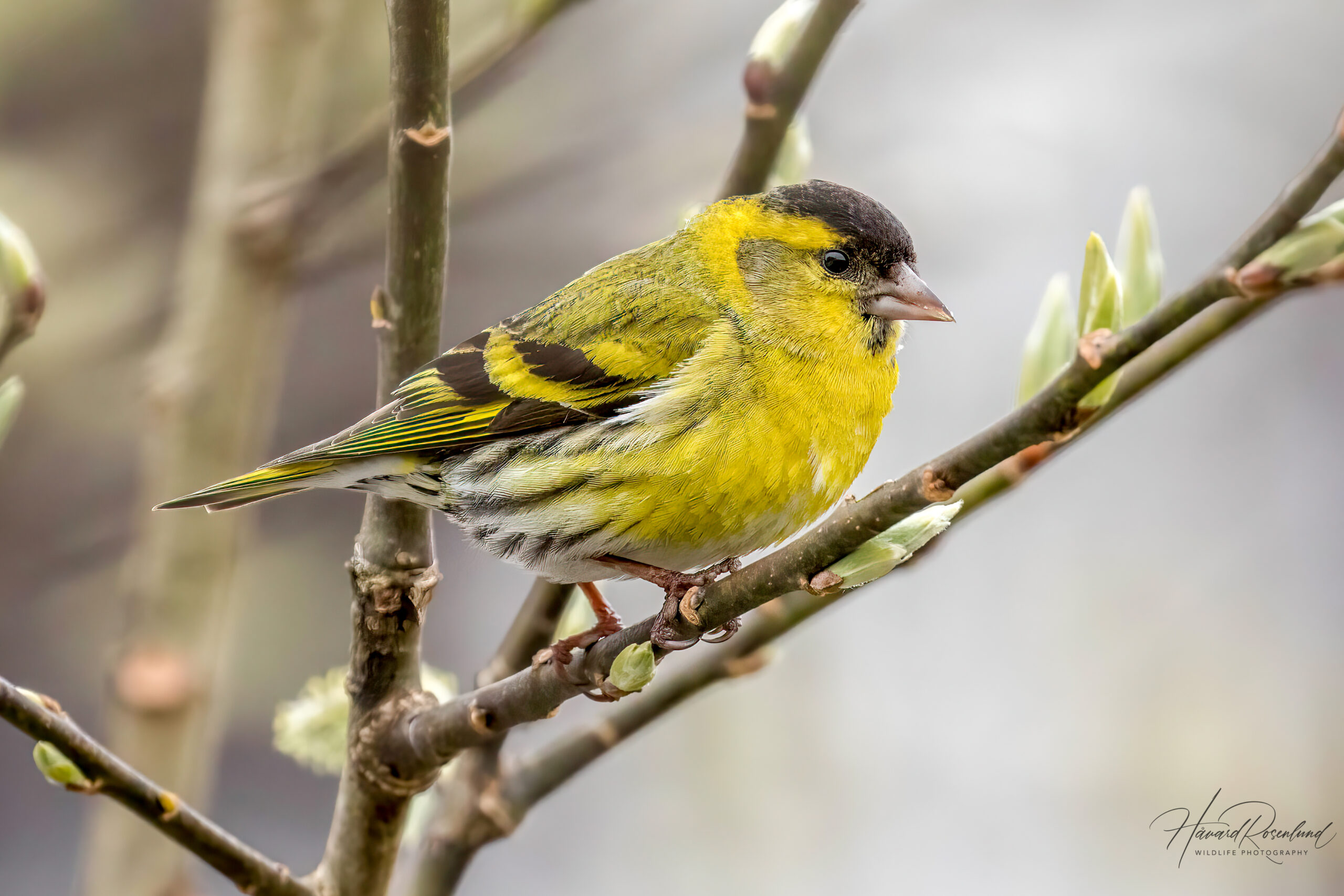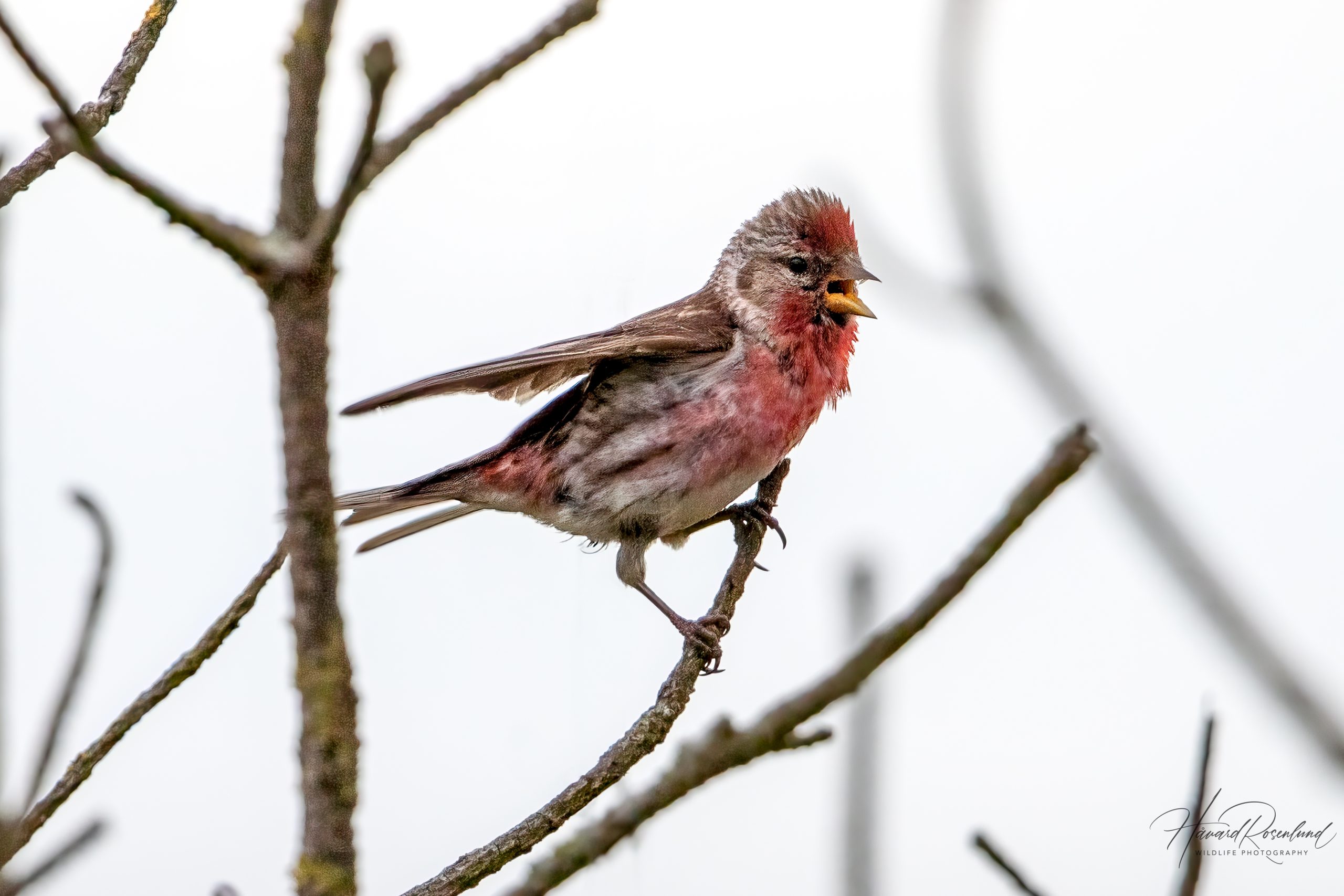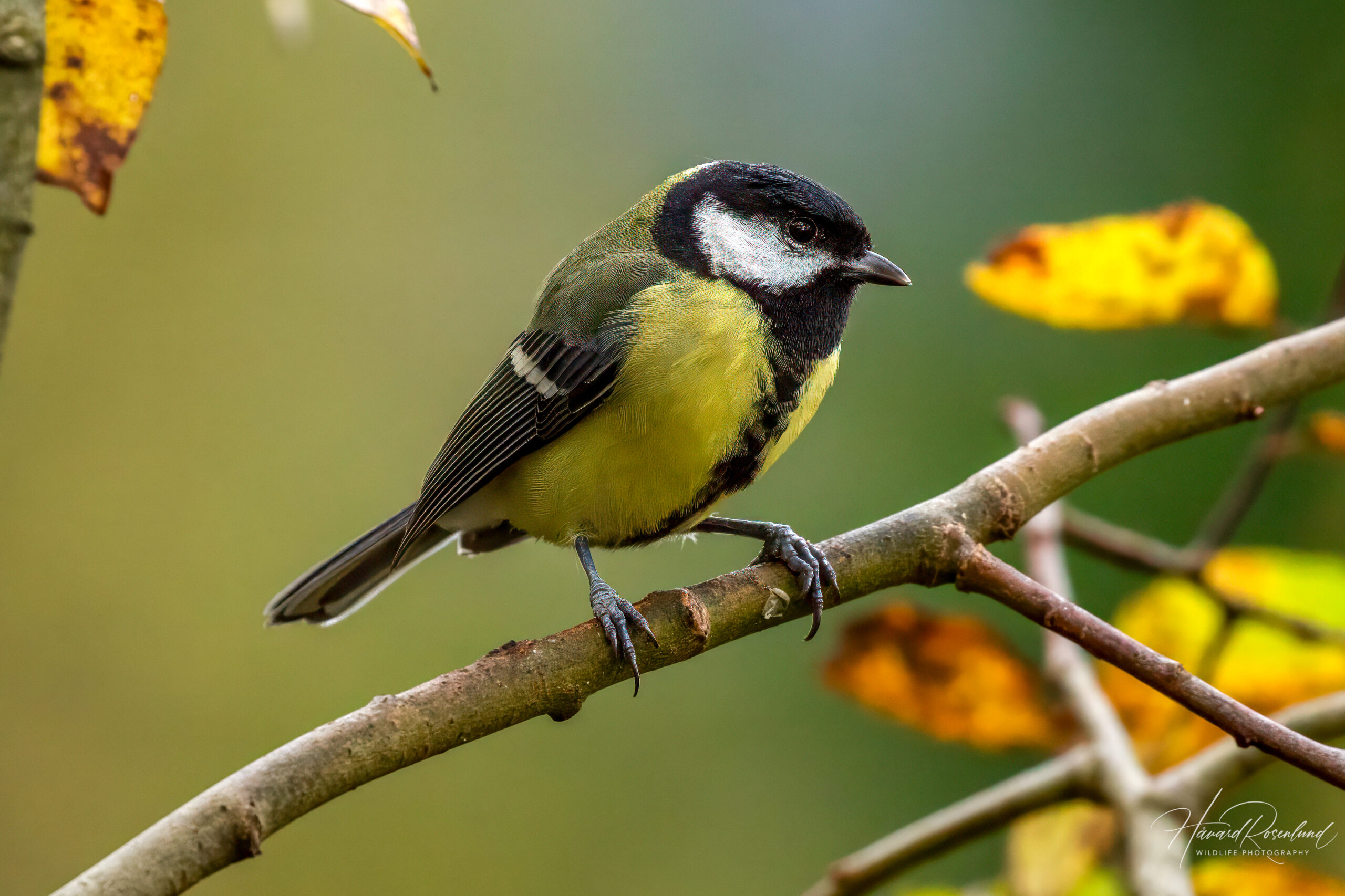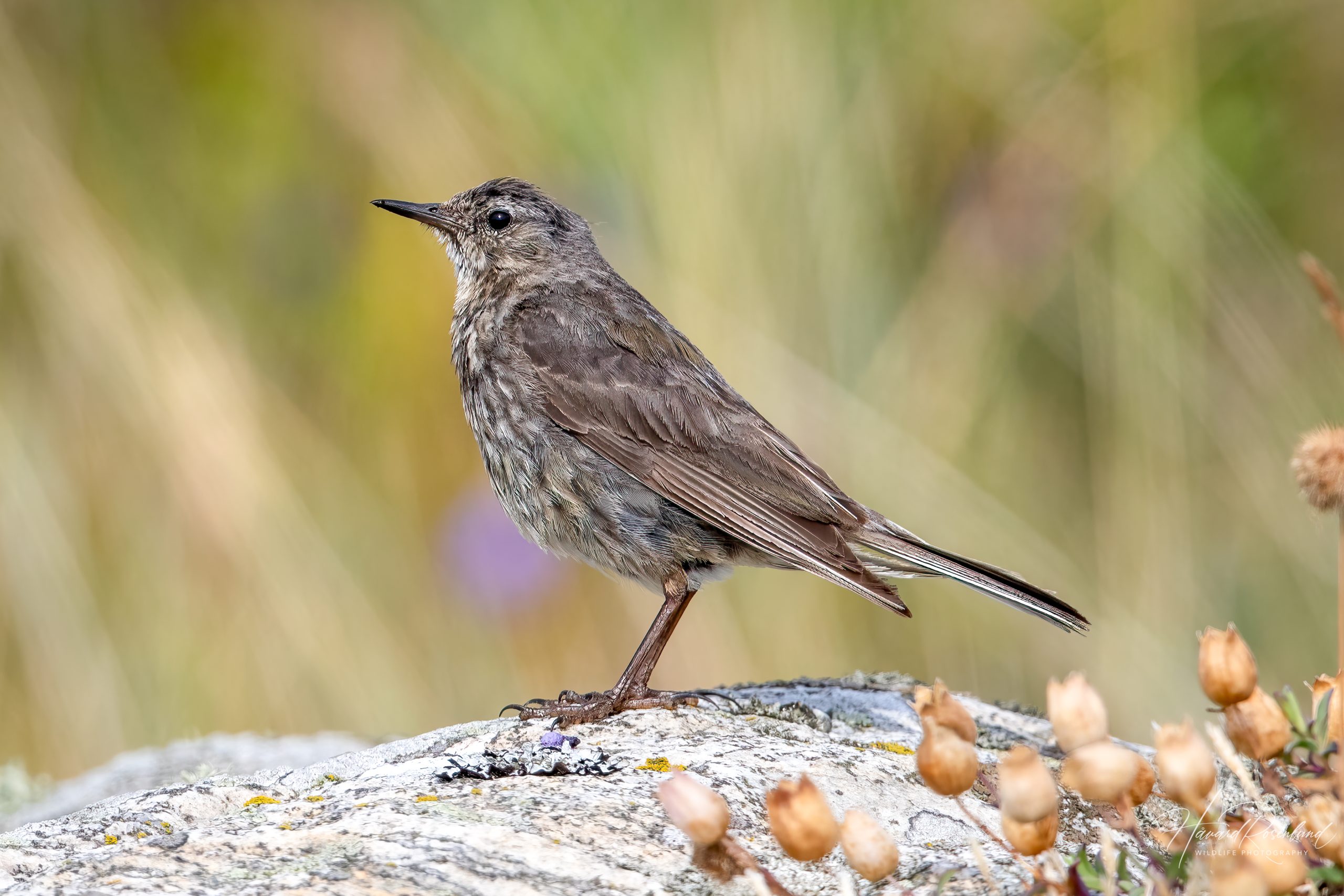Perched on Norway’s southern coast, Lista is a haven for birdwatchers and nature enthusiasts. Its diverse landscapes—expansive wetlands, windswept coastal meadows, and rocky shorelines—make it one of the country’s premier destinations for observing migratory birds. Every year, thousands of birds pass through Lista, drawn by its rich feeding grounds, making it a hotspot for both casual birdwatchers and dedicated ornithologists. The Lista Bird Observatory plays a crucial role in monitoring bird populations, offering visitors the chance to learn more about the region’s avian diversity and conservation efforts.
Beyond its thriving birdlife, Lista is home to a wealth of wildlife waiting to be discovered. Seals can often be spotted basking along the rugged coastline, while the surrounding fields and forests harbor roe deer, hares, and a variety of smaller mammals. The combination of open landscapes and coastal ecosystems provides endless opportunities for nature photography and quiet exploration. Whether scanning the skies for rare raptors, walking the dunes in search of shorebirds, or simply soaking in the tranquility of unspoiled nature, Lista offers an unforgettable experience for those who seek the wild side of Norway.
Lista is one of the best places in Norway for birdwatching, with over 300 recorded species passing through its unique coastal landscape. The mix of wetlands, dunes, and rocky shores makes it an essential stopover for migratory birds traveling along the Atlantic Flyway. Whether you’re hoping to spot rare waders, raptors riding the thermals, or large flocks of seabirds moving along the coast, Lista offers year-round birding opportunities.
For wildlife enthusiasts, the region also provides the chance to observe seals, deer, and an array of smaller creatures thriving in the open landscapes. The remoteness of Lista allows for a peaceful and immersive experience in nature, far from the crowds. Whether you’re a passionate birder or simply enjoy exploring diverse ecosystems, Lista offers a rare chance to connect with Norway’s wild side.
Short answer: Birdwatching, wildlife observation, hiking, nature photography.
Long answer: Lista is a paradise for birdwatchers and nature enthusiasts. The Lista Bird Observatory is well worth a visit, offering guided tours and insights into the region’s diverse birdlife. The peninsula’s coastal wetlands, dunes, and meadows provide excellent opportunities to spot migratory birds, raptors, and shorebirds throughout the year.
Hiking along Lista’s scenic trails is another great way to explore the landscape. Popular routes include Havik, Nordhasselvika, and Varnes, where you can experience the region’s raw coastal beauty, observe seals along the shoreline, and even stumble upon remnants of World War II fortifications.
A visit to Lista Lighthouse is a highlight, offering stunning panoramic views of the surrounding coastline and a chance to see seabirds up close. The area’s dramatic scenery and shifting light conditions make it an ideal destination for wildlife and landscape photography, attracting photographers eager to capture its rugged beauty.
Whether you come for the birds, the wildlife, or the peaceful coastal atmosphere, Lista offers a unique experience for anyone drawn to nature.
Lista is a rewarding destination year-round, but the best time for birdwatching depends on the species you hope to see:
- Spring (March–May) – A fantastic time for migration, with many species arriving from wintering grounds in Africa and southern Europe. Waders, terns, and songbirds are particularly active.
- Autumn (August–October) – The peak migration period, when thousands of birds pass through on their way south. Raptors, shorebirds, and seabirds are among the highlights.
- Winter (November–February) – A quieter season, but hardy species such as sea ducks, snow buntings, and rough-legged buzzards can be seen. Seals are also more frequently spotted along the coast.
- Summer (June–July) – A great time for exploring the coastal trails, observing breeding birds, and enjoying the long daylight hours.
Lista is located in Agder county, in the southernmost part of Norway. While it feels remote, it’s still easily accessible:
- By car – The most convenient option is to drive from Kristiansand (approx. 2 hours) or Stavanger (approx. 3.5 hours). The nearest town, Farsund, is just a short drive from the Lista peninsula.
- By bus – There are bus connections from Kristiansand and Stavanger to Farsund, with local buses continuing toward Lista.
- By plane – The nearest major airport is Kristiansand Airport (KRS), with domestic and international flights. From there, you can rent a car or take public transport.
- By boat – Ferries connect Kristiansand with Denmark, making Lista an easy detour for visitors arriving by sea.
My one trip to Lista happened because I was invited to tag along on a family holiday by my sister. It was in July, so not the best time of year for birding, but I knew Lista’s reputation as a birding hotspot and decided to bring my camera equipment and make the most of it.
We rented a house through Airbnb at Østhasselstrand by the coast. It was a great location, as we had great hiking trails going along the coast on either side of the house. We were there for about a week. I did some longer walks, and a few minor ones. I did a short walk very early in the first morning, and I didn’t walk further than Fuglevika, which was just south of our location. At this location I got great photos of a couple of ringed plovers, a green sandpiper, and rock pipits (which was a new species for me). There were also common sandpipers and a flock of starlings around. I felt I was off to a great start!
My second birding walk was a couple of days later, and was one of the longer hikes I did at Lista. From Østhasselstrand, I followed a trail along the coast east towards Havika, which took me through coastal dunes, meadows and fields. I came across whinchats, lesser redpolls, skylarks, meadow pipits, whitethroats, willow warblers, northern wheatears, and more, and at Havika, by the sea, I got some nice photos of rock pipits. I also enjoyed a female roe deer with two fawns in one of the meadows. After Havika I turned north and walked to Hanangervannet, a lake a bit further inland. I spent some time here relaxing and enjoying the view, without seeing too many birds. On my way back to Østhasselstrand, I decided to walk through the fields, where I got more of the same species as earlier, as well as a curlew and a coal tit. I also came across more roe deer. It was a very nice walk, and I got some decent photos.
Another couple of days later I decided to explore the trails by Lista Lighthouse. I parked my car at the parking lot, and walked north through the nearby forest. This trail took me past fields and through forests, and I ended up at a cove called Verevågen. The landscape was very different to my previous hike, and I also got some different species. I got more finches, such as chaffinches, greenfinches, linnets, and lesser redpolls, as well as more meadow pipits and skylarks. A wryneck was a pleasant surprise (and a new species for me). By the sea I got great cormorants, shelducks, grey herons, teals, and a common greenshank. An osprey also circled above. The absolute highlight, however, was when a young red fox suddenly appeared on the path in front of me as I was hiding trying to photograph a flock of linnets, providing me with a great shot.
I went back to this area by the lighthouse again on our last day. It was a bit rainy that day, but it provided me with another highlight. At one of the meadows I came across a northern lapwing. As I tried to stay low on the ground to get some decent shots of the lapwing without spooking it, a couple of peregrine falcons suddenly appeared in the sky. They did some spectacular acrobatics in the air above. I tried my best to get some decent photos, but they were too far away. It was still an awesome experience! At least I got good photos of the lapwing.
I had a great time hiking and looking for birds at Lista, and even though it wasn’t the best time of the year for birds, I still got plenty of species and lots of great photos. I’d love to come back here someday, particularly during fall migration.
















































